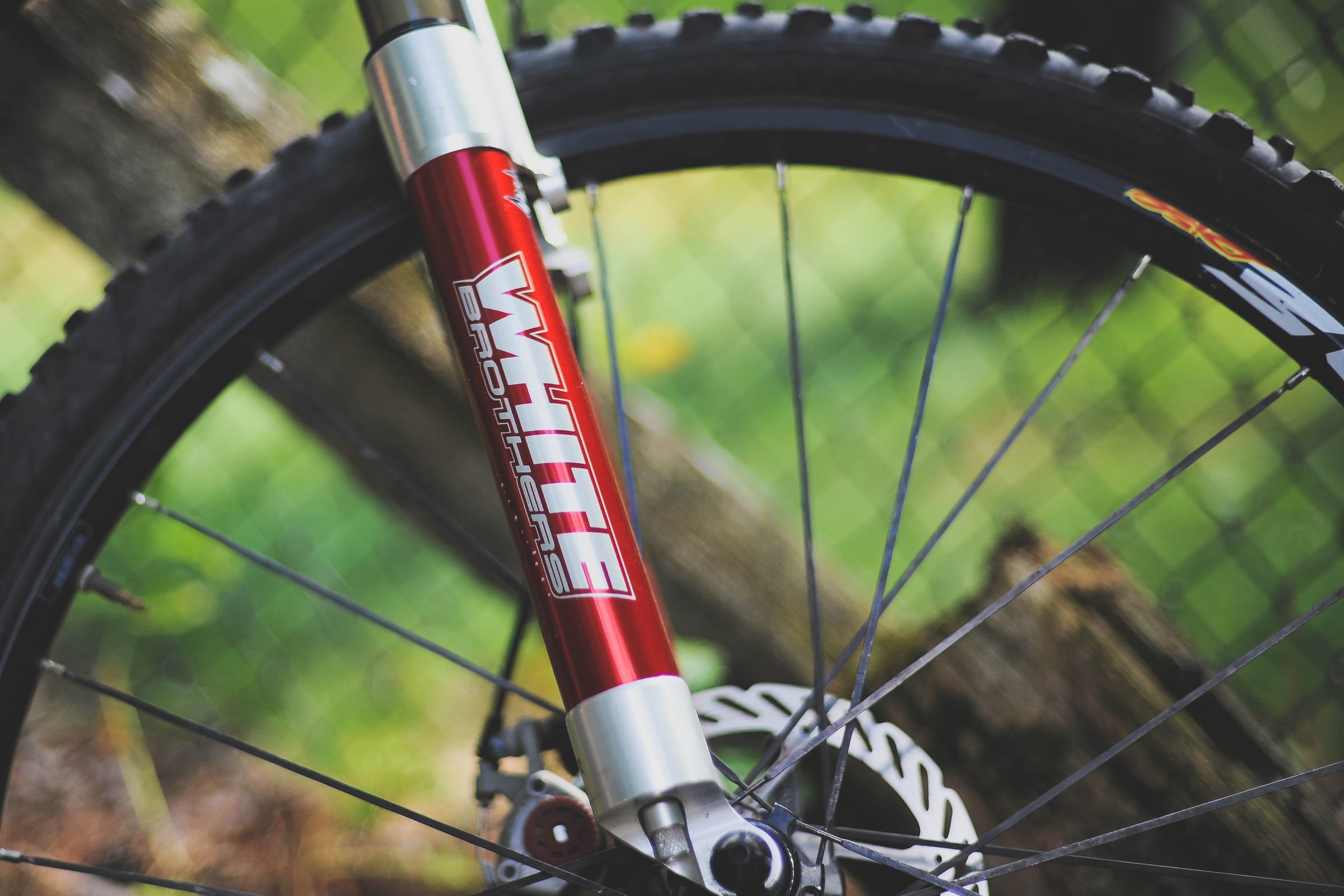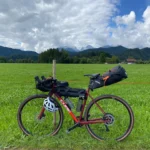Mountain biking places intense demands on wheels and tires. Rocky trails, high speeds, sharp objects, and big hits torture vulnerable inner tubes. While old-school tubed setups still dominate, tubeless tires offer huge advantages modernizing mountain bikes. Let’s explore why every rider should make the switch to tubeless.
How Tubeless Tires Work
Instead of an inner tube sealed by a tire bead, tubeless systems create an airtight chamber between the rim and tire alone. Liquid sealant injected inside coats the interior and plugs small punctures rapidly. The tire bead locks securely against the rim walls without needing a tube inside.
Eliminating the tube saves weight while allowing very low tire pressures for increased traction and cushion. Punctures seal quickly without abrupt air loss too. This boosts ride quality, control, handling, and reliability hitting rugged terrain. Time to go tubeless!
Greater Traction and Control
Low tire pressures provide true benefits clawing over roots and rocks unlike rigid tubes. More tire contact deforming against surfaces means vastly increased grip driving your weight forward. This proves a literal game changing difference attacking nasty climbs with confidence.
The supple sidewalls and large air volume make for a smoother ride as well, maintaining momentum instead of harsh deflections. Gaining traction in loose soil gives better steering accuracy cornering hard too. You stick to intended lines with less drift sliding out unpredictably.
Once acclimated to the balanced feel and stickier handling tubeless enables, you’ll rail berms faster and cleaner every time. The ability to run lower PSI safely makes trail feedback and bike control much more intuitive overall.
Fewer Flats
Sharp rocks, gnarly cactus spines, errant sticks…all manner of trail debris slashes vulnerable tubes mercilessly out riding wild terrain. Holes rapidly deflate inner tubes, bringing things screeching to a halt kilometers from help often. But tubeless shrugs off small punctures easily.
The injected sealant inside rapidly flows into tiny holes, coagulating to seal things in seconds usually. You’ll lose a bit less pressure typically before things rebond securely again automatically. No pumping required to get rolling once more!
With lower tubeless pressures, puncture protection improves further. Added tire cushion dissipates sharp object strikes so they don’t penetrate as far. The supple casing flexes easily around hazards without immediate slicing also. That’s significantly increased flats resistance you’ll appreciate big time!
Reduced Rotating Weight
Standard tubed mountain bike wheel/tire combos easily exceed 2000+ grams overall per pair, with tubes accounting for 300 grams typically. But tubeless eliminates that extraneous inner tube rubber bulk, accelerating much easier as a result.
Less rolling resistance and rotating inertia makes a noticeable difference stomping on uphills trying to build momentum quickly. Every pedal stroke sees more direct forward drive thanks to dropping weight using tubeless builds. Expect snappier acceleration and livelier bike handling carving through chunky terrain.
Better Bead Locking
Standard tubed mountain bike setups rely entirely on inner tube air pressure to expand and lock tire beads in place against the rims. If pressures drop too low, sudden hard cornering or heavy bumps can allow beads slipping with immediate air loss.
But tubeless systems integrate tight bead seat dimensions with liquids that bond the tire beads firmly to rim walls automatically. Air pressure becomes less integral keeping the whole assembly sealed and intact during hard riding action.
Riders dropping tire pressures dramatically for maximum grip and cush therefore don’t stress about sudden de-beading and deflation issues nearly as much. You attack terrain harder without compromising a reliable seal holding air in consistently.
Ditching Latex Tube Limitations
For riders desiring some flat protection over tubes without running full tubeless, latex tubes help by sealing small holes better than butyl rubber alternatives. But latex still requires tubes that pinch flat easily, lack bead lock security, and prove quite heavy overall.
Transitioning to tubeless means skipping the reliability compromises and weight penalties tubes impose inherently. You gain far more versatile performance tuning airing down for bigger challenges without reliability concerns. Dialed tubeless setups provide the best of every world finally!
Tubeless Alternatives For Weight Watchers
Every gram trimmed off bikes accelerates climbing and steering quicker. So some dedicated racers still opt for lightweight butyl tubes inside tires to save weight over liquid sealants. But new tubeless tubular tire/tape/rim systems shed weight further.
These sleek tubular builds lack beads for extreme lightness with barely there tape and valves securing tire carcasses directly to svelte carbon rims. Sealants inside prevent flats still while dropping ROT weight dramatically. So don’t fear tubeless bulking up bikes necessarily when done thoughtfully.
Converting Existing Wheels Easily
Many riders worry adopting tubeless requires expensive dedicated rims and tires only. But that’s not necessarily true. Lots of newer stock mountain bike wheels and tires work reasonably well tubeless as designed from the factory now.
For older wheels, many local bike shops sell affordable tubeless rim tape and valve stem combos providing all you need upgrading existing hoops. As long as rims have tightened tolerances and hooked beads, conversions prove quite straightforward.
Just clean tires and rims thoroughly, tape things up tightly, add sealant and inflate fully to seat beads. Within an hour or less, you’ll be shredding trails tubeless on those old wheels most likely! If struggling getting things sealed initially however, ask shops for assistance.
Optimizing Tubeless Reliability
Eliminating tubes for lower pressures and puncture resistance won’t benefit much unless tubeless tires hold air reliably long term. Luckily some easy maintenance steps ensure your setups remain viable for seasons on end.
Always inflate tubeless systems fully when installing to properly seat tire beads and gauge seals initially. Let them sit several hours before releasing air down to desired riding pressures. This gives time for tapes and sealants to cure bonding tightly.
Inspect after each ride for embedded debris you can tweezer out to prevent sealant plugs eventually failing. Spin wheels to distribute sealant inside evenly again too. Top up sealant quantities every couple months as compounds degrade over time. That retains optimal puncture protection continually.
And consider tire liners inside to double down on flats prevention. The added friction does slightly increase rolling resistance though. So experiment yourself what accessories provide the best tubeless performance based on local terrain and riding aggressiveness through testing.
Troubleshooting Tubeless Hurdles
Admittedly, setting up tubeless tires perfectly proves frustrating for some riders despite best efforts. Here are common problems and solutions to overcome hurdles:
Beads won’t seat: Remove cores to blast max air inside forcefully seating beads outward. Lever tires manually into deepest rim cavities as needed. Some soapy water helps lubricate things too. Consider a ratchet strap clamping tightly around tire circumference to fully seat things via extreme compression against rim ledges.
Won’t hold air initially: Ensure tape fully covers spoke holes throughout rims. Pay special attention to potential gaps around valve holes once stems get installed too. Even tiny pinhole leaks prevent tires inflating properly. Realign tape as needed until airtight.
Small air leaks: Sealant tackling punctures takes a bit to activate and coagulate inside tires. Spin wheels around so liquids can flow toward problematic areas and plug things efficiently. Have patience allowing sealants time sealing if hissing stops eventually. If not, remove tire and inspect for tiny holes needing patched first.
Won’t seal bigger holes: While sealants easily fill tiny puncture holes under 1-2mm, larger cuts require inserts or patches coveringThings fully on both interior and exterior surfaces generally. Carry quality plugs and patches while riding to address larger slicing on the trails immediately.
Reaping Big Tubeless Dividends
Conquering the tubeless learning curve requires some patience managing initial setups and nuances fully optimizing performance. But once rolling smoothly with effectively sealed low pressure tubeless tires, prepare for a monumental riding transformation!
Between reduced puncture flats and vastly increased traction for controlling loose climbs better, your ride enjoyment and capabilities will soar immensely. Lightweight builds with supple conforming contact patches surf through chunky terrain better than ever imagined.
Ditch stubborn old tubes holding back bikes needlessly nowadays. Whether newer tubeless compatible hoops or converting traditional wheels, make ticking tubeless a top priority for achieving newfound two-wheeled domination finally!
The mountain biking revolution continues…now tubeless tires pave the way conquering once unassailable terrain with ease. Are you ready to join the movement keeping rubber side down better than ever possible before today? The ride experience you’ve been waiting for is now just an upgrade away. Go tubeless and go faster!





